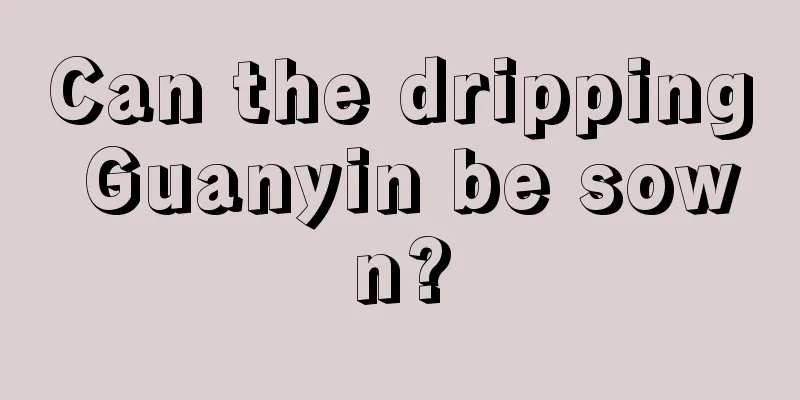Maintenance and management of Pyracantha bonsai

PlacementPyracantha is a positive tree species and likes sunlight. During the growing season, placing it in direct sunlight can ensure that it blooms and bears more fruit. During the maintenance process, it is important to place it outdoors during the flowering period to attract insects for pollination and ensure that the bonsai blooms and bears fruit. Watering and fertilizingPyracantha has a well-developed root system and prefers large amounts of fertilizer and water, but the amount of fertilizer and water must be kept appropriate. The soil in the pot should be alternately dry and moist, and avoid water accumulation. During the flowering period of Pyracantha, rain should be avoided on the flowers to ensure pollination. Pyracantha requires a lot of fertilizer because of its long growing period, vigorous growth, numerous flowers and fruits. Generally, fertilizers mainly composed of phosphorus and potassium are applied in summer. Continue to use phosphorus and potassium fertilizers in autumn to promote fruit ripening and coloring. Seasonal managementPyracantha has the characteristics of bearing many fruits, having a long fruiting period, and germinating early, so after hibernation, it is necessary to pick the fruits and apply fertilizer in time. Picking fruit is a necessary condition for abundant flowers and fruits in the coming year. If the fruit is allowed to remain on the plant, it will remain intact until May or June of the following year, which will not only consume a large amount of nutrients in the plant itself, but will also be detrimental to flowering and fruiting that year. Timely nutrient replenishment is another condition for strong spring buds and vigorous growth. Generally, fertilizers mainly composed of phosphorus and potassium can be applied in time in summer. Better wet than dry. Phosphorus and potassium fertilizers should continue to be applied in autumn to promote fruit ripening and coloring. It can be viewed indoors in winter, requiring ventilation, not too high a temperature, and plenty of sunlight, otherwise it will shed leaves, sprout winter buds, or die from excessive water loss. It is best to apply solid fertilizer on the surface of the pot. If you overwinter outdoors, you should avoid dry winds that may cause damage. As long as the soil in the pot is properly dry and wet, low temperatures around -10℃ will not cause any harm. Pruning and shapingFor the finished Pyracantha bonsai, spring is the beginning of another growth cycle, and growth in spring is the basis for ensuring flowering and fruiting. In late spring, early summer and even autumn, pruning and topping are the main tasks. Pruning and topping are mainly to maintain the original plant shape. Autumn is another growth peak, so nitrogen fertilizer is prohibited. It is better to remove the dominant top to avoid the autumn shoots consuming nutrients, which will bring disadvantages to wintering and fruit setting. Repotting timeRepot once every year in late autumn. When repotting, cut off the old roots around the pot and apply enough base fertilizer. Be careful not to nest the roots. For vegetative plants that do not bear fruit, the pots can be changed all year round. Pest controlPyracantha is susceptible to disease and insect pests. The main diseases are black rot and powdery mildew, especially powdery mildew, which is very serious. For prevention and control, fungicides such as carbendazim and thiophanate are mainly used, spraying branches and leaves or irrigating roots. Usually keep it in a ventilated and clean environment with sufficient light and vigorous growth, which can greatly reduce the incidence rate. The most common pests are aphids and red spiders, which can be treated by spraying dichlorvos, emulsified malathion, etc. in time. Generally spray the medicine in the afternoon, once every 3 days, at least three times. |
<<: Freesia flowering and blooming period
>>: Before you repot your flowers, you need to know these first!
Recommend
What kind of crop is cocoa? Is it an economic crop?
What kind of crop is cocoa? Cocoa is an economic ...
Should I use a large or small pot for Begonia?
Should I use a large or small pot for Begonia? Th...
What vegetables are suitable for growing on the shady side of the courtyard?
The shady side of the courtyard is suitable for g...
What vegetables are best to plant during the summer solstice?
The summer solstice is coming soon, and the weath...
Wood chips are actually great for growing flowers? Flower-growing masters rely on it to turn one pot of flowers into 100 pots!
The first wonderful use of wood residue: cutting ...
How to make Chlorophytum comosum bloom more
1. Supplement sunlight It loves sunlight very muc...
How to grow sweet potatoes for high yield?
Sweet potato is an important food crop with rich ...
How long does it take from sowing to harvesting cabbage?
Cabbage is known as the "king of vegetables&...
The leaves of the Dancing Yale turn yellow. This is how to easily save it.
1. Treatment methods If the leaves of the plant t...
Is red silver willow cultivated dry or hydroponically (how to care for it at home and avoid making mistakes)
"Golden willow and silver willow are availab...
"Three-bath" cultivation method, give your orchid a bath
Orchid Bath Bathing means giving the orchid a bat...
Is geranium suitable for growing at home? (Cultivation methods and precautions for potted geraniums)
Can I grow geraniums at home? Geranium has a beau...
How to water potted hosta
Spring Watering of Potted Hostas In early spring,...
Do watermelons need to be watered every day?
Do you water watermelons every day? Watermelon do...
Begonia pests and their control
Begonia pests: aphids Aphid disease introduction ...









